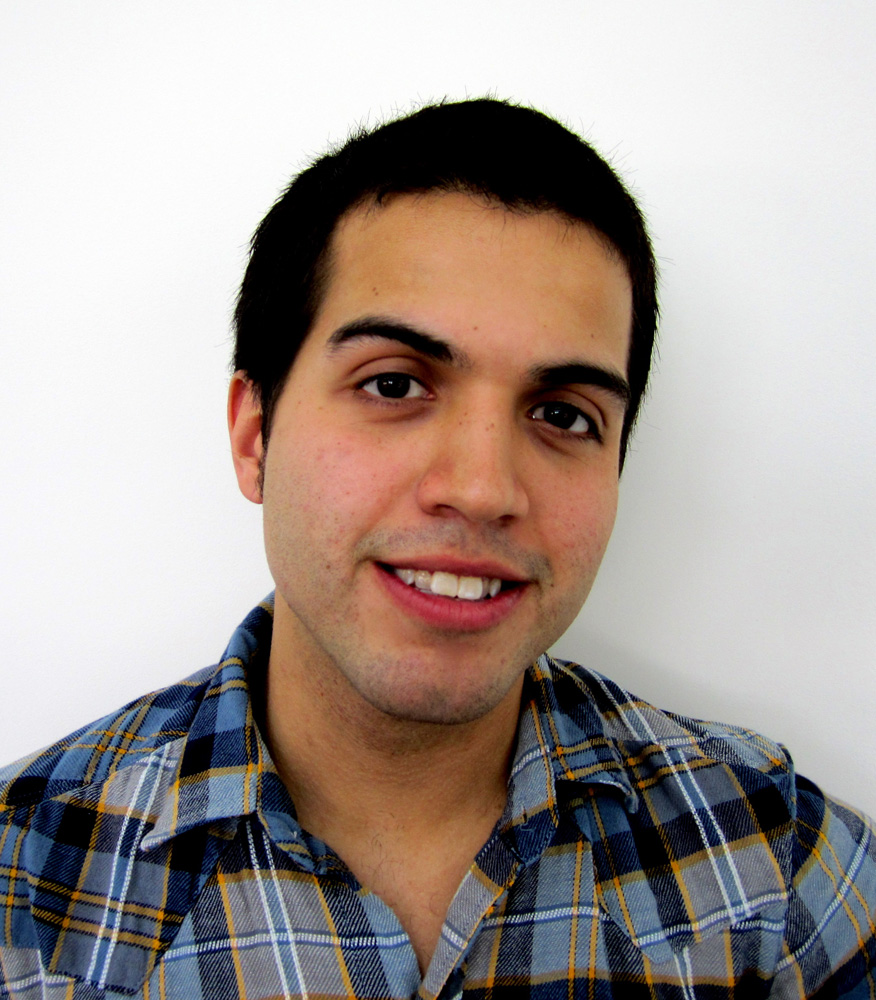Harlem is undoubtedly one of the most well-known African-American neighborhoods in NYC and the nation. Part of its rich history includes the Harlem Renaissance, a literary movement celebrating black cultural identity in the 1920s and 30’s. It is also home to the Apollo Theatre, a cultural landmark that has hosted influential black icons and leaders such as President Barack Obama, Chaka Khan and Michael Jackson. What might not be as well-known, however, is that there are a number of local black and gay-owned businesses in the community such as Harlem Flo and Billie’s Black, showcasing that lesbian, gay, bisexual and transgender (LGBT) people exist in Harlem.
There is also a significant aging community. One in three Harlem residents are age 50 and older, according to 2006 estimates from The New York City Department of Health and Mental Hygiene. And as an outreach coordinator for SAGE (Services and Advocacy for GLBT Elders), I also know well that a significant number of these older adults are LGBT.
SAGE’s Harlem neighborhood program attracts numerous LGBT older adults of color, with more than half of our participants self-identifying as black. One of the most critical issues raised by older black LGBT community members is the need for safer spaces. According to SAGE’s 2008 Harlem Exploratory Research Study, older gay black men generally resisted the ideas of street-level SAGE Harlem signs and storefront access because they felt that their safety would be compromised. The threat of violence towards this community is a barrier to accessing services and living openly as LGBT people.
Freddie Wright, a 69-year-old SAGE Harlem participant, believes that homophobia and the prevalence of “machismo” attitudes are huge issues in the black community, forcing many gay black men to live their lives in secrecy for fear of encountering violence. Cynthia Diao, a 58-year-old Harlem resident, notes that violence is also a major concern for older black lesbians: “You don’t know how to meet other lesbians. You can’t just go up to another woman and ask if she’s gay because you don’t know what the response will be. You run the risk of being attacked.”
The fear of experiencing violence or discrimination is also apparent in smaller ways. For example, we regularly receive requests from participants of SAGE Harlem to only send anonymous mail and to never send anything that will “out” them as LGBT people, such as having the acronym “LGBT” visible on the envelope.
To be out or perceived as LGBT can make someone the target of anti-LGBT epithets and harassment. This can be especially frightening for older people, says Wright. “Sometimes when I walk down the street, I’ll hear someone yell ‘faggot’ and I know it’s directed at me. I try to walk a little faster and get myself as far away as possible.” He adds, “Being older, it’s even worse. People see you as an easy target, like you can’t defend yourself because maybe you use a cane and walk a little slower or trust too easily.”
Violence towards older and LGBT people is not unique to Harlem or the black community. According to MedlinePlus, elder abuse is a serious problem nationwide and can include physical, sexual, or emotional abuse, and taking or misusing money or property of an older person. And this violence can end lives. According to a 2011 report from the National Coalition of Anti-Violence Programs, there were 30 murders motivated by bias against LGBT people in the U.S. last year, the largest number ever recorded by the coalition. Additionally, 87 percent of these LGBT victims were people of color.
On a national level, SAGE is lobbying government officials to adopt their recommendation to specify LGBT older adults as a vulnerable population with the greatest economic and social need in The Older Americans Act (OAA), the country’s leading vehicle for delivering services to older people nationwide. By adopting SAGE’s recommendation, the OAA would encourage aging organizations to create culturally appropriate services and programs that address the unique needs of LGBT elders and would help fund programs such as SAGE Harlem, which provides safe spaces for a community that urgently needs it.
SAGE Harlem serves as a model for local organizations in the area that are striving to be more welcoming of black LGBT elders. In 2011, our program provided LGBT aging and sensitivity training and conducted outreach to hundreds of black churches, community-based organizations, institutions and local black-owned businesses. We are out in the community sending the message that LGBT older adults are part of what makes Harlem vibrant, and that there is a safe space for them at SAGE Harlem’s office at the famous old Teresa Hotel, another historic landmark in this neighborhood.
However, programs and organizations aren’t the only catalysts for change.
Wright is a shining example of the positive contribution that a person can make to his community. Not only is Wright an active member of SAGE Harlem’s Men’s 50+ group and Buddy-2-Buddy program, he also leads his own support group for older gay black men through Gay Men of African Descent (GMAD), a NYC organization for LGBT black men. His reasons for giving back are simple: “I want to help other older gay men in the black community feel safe.”
Bryan Pacheco is an Outreach Coordinator for the SAGE Harlem Program at Services & Advocacy for GLBT Elders (SAGE). The opinions expressed in this article are those of the author and do not necessarily reflect those of the Diverse Elders Coalition.

